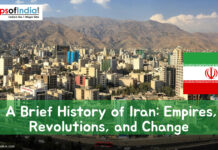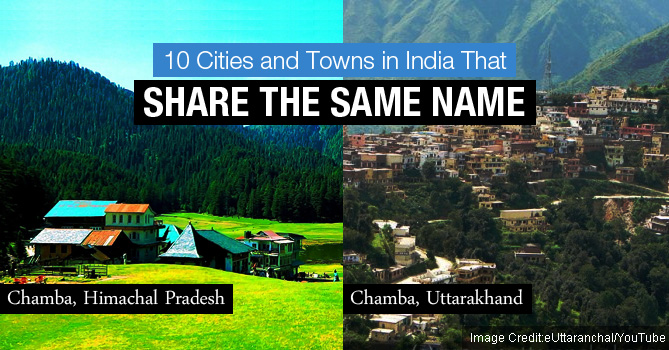“New Delhi Making of a Capital” is an interesting coffee table book about the building of New Delhi. The book written by Malvika Singh and Rudragshu Mukherjee is structured like a research project and not as book which tells a story. To ensure that this fact is not missed, the book carries a tagline “Concept & Visual Research by Pramod Kapoor”.
The first thing to strike me when I held this book was that writers/publishers had no intent to make money from this project. The second thing to strike me was that the publishers don’t expect me to read this book, it has unthinkably small font size for a coffee table book. Having convinced myself about both the intents I got going and was pleasantly surprised at how the book started talking to my soul. I am a Dilli-walah and the book has been written by, as the author herself describes, a Dilli-walli, the book has flavor and taste of Delhi in every page. It completely serves the purpose for which it has been written, an authoritative chronicle on making of New Delhi, the single source for knowing how’s and why’s of plans behind the project, as the essay says, “Old seat for a new empire, Calcutta to Delhi”.
The book is a great resource for students of architecture and planning and it is an invaluable piece of heritage for lovers of this city. To me most pages get me talking to myself: OK, so this is how this building came up; I see, this is how each piece of stone was carved to exude aura; Ah ha, this is what the agreement between the architects and the Secretary of State in Council of India was; Oh! so it is a fact that New Delhi was referred to as the New City and not New Delhi when it was planned.
It is interesting to read about disagreements between the architects and various teams at work. Lutyens’ reservations with everything Indian and his eye for detail to include every significant Indian architectural element coexist during making of this magnificent palace complex.
The book has over hundred photographs, each photograph has a story to tell. The time you need to read this books depends on how much time you have to decipher the story and get one with it. I recommend it as a must read to all students of architecture and planning, Indophiles, all Indians who love our heritage and all proud Dilli-walahs and Dilli-walis.




